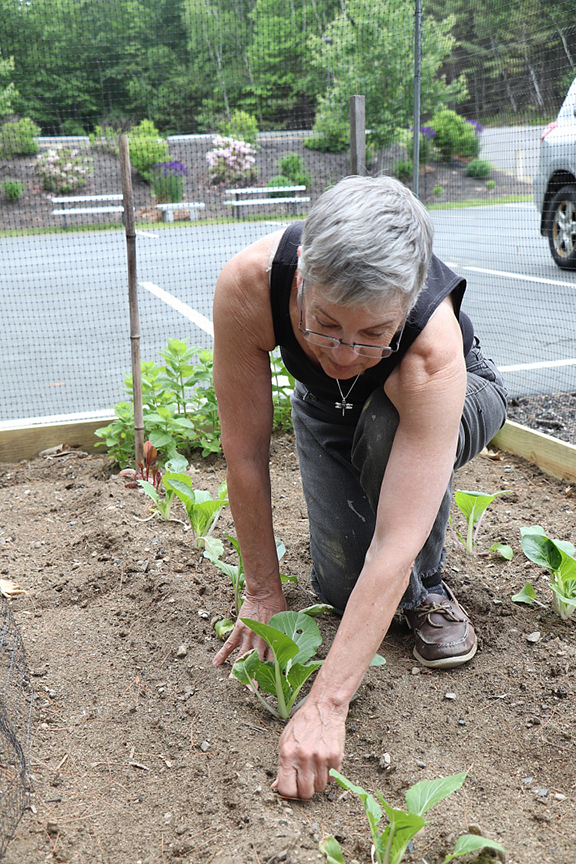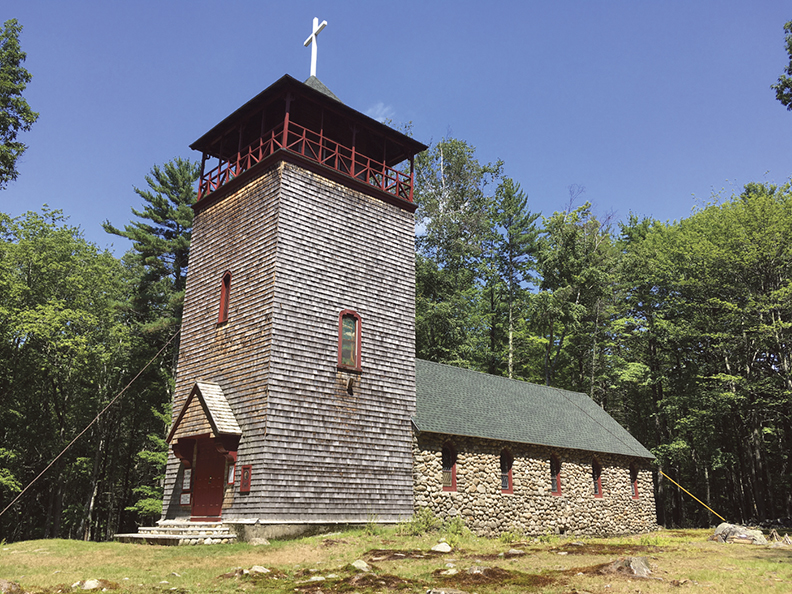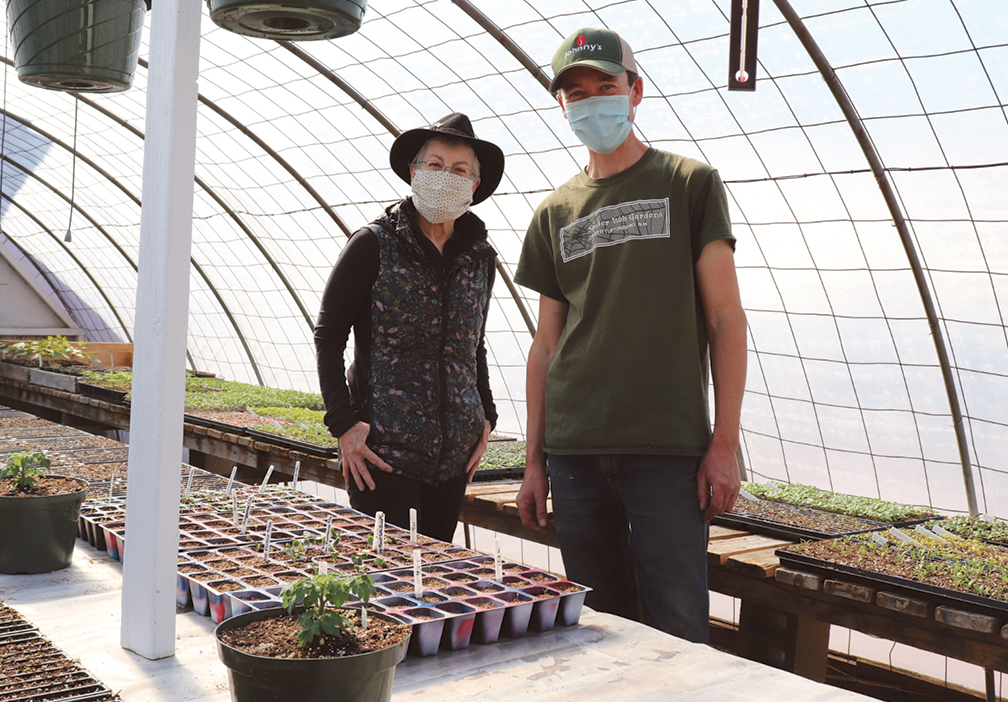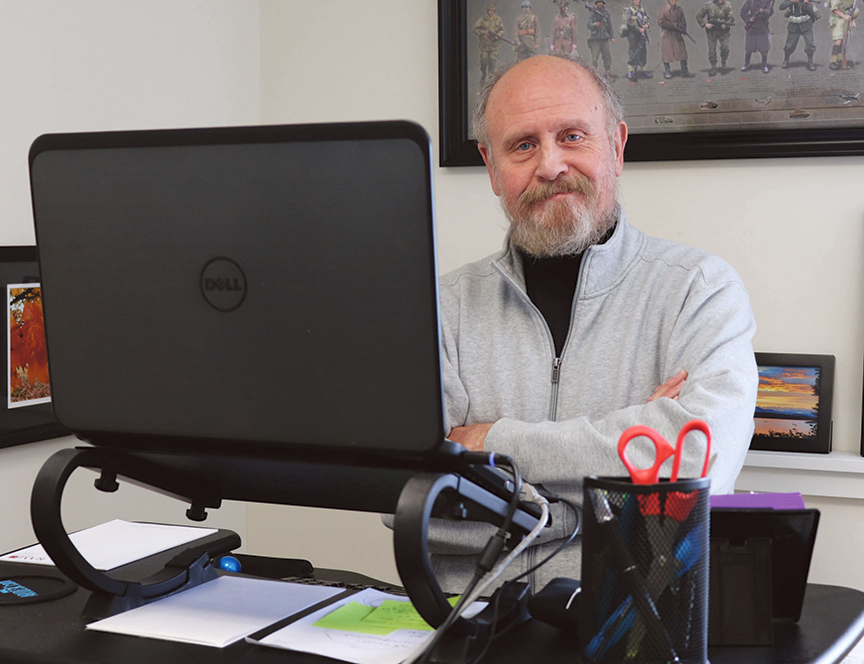Wright Museum’s Victory Garden Continues to Bear “Fruit”

PHOTO: Christin Kaiser tends to the victory garden at the Wright Museum in Wolfeboro.
WOLFEBORO – For years, UNH Carroll County Advanced Master Gardener and museum volunteer Christin Kaiser has tended to the Wright Museum’s Victory Garden, an exercise close to her heart.
“I see the results of this modest living exhibit each time I interact with visitors — be they elderly, or young children,” she said. “The meaning of showing living food and growing in the soil, even if a bit wilted between watering, is a reality check. It calls to something basic in our DNA.”
She said she especially loves helping children learn their food does not come “all tidy and wrapped in cellophane.”
“Older generations can recall the sweat of brow that they expended to grow their own food,” she said. “The wonder on the face of a child biting into a sun ripened cherry tomato — with parents’ permission, of course — is worth every struggle with marauding chipmunks, squirrels or an overly bountiful acorn ‘Harvest.’”


According to Executive Director Mike Culver, the museum’s Victory Garden pays homage to a sometimes forgotten aspect of World War II.
“Victory Gardens served as a way to boost morale, express patriotism and protect against food shortages on the home front,” he said.
By 1944, an estimated 20 million victory gardens produced approximately 8 million tons of food.
“Produce grown in our Victory Garden has also benefited the local food pantry, so it’s our way of trying to give back to our own community, too,” added Culver.
In reflecting on her time at The Wright, Kaiser said last year’s Victory Garden was especially meaningful.
“We did a Japanese themed garden to remember the Japanese Americans removed from their coastal homes and businesses in California during World War II and places in desert camps,” she said.
Noting she met survivors of those camps while living in California, Kaiser said she was “impressed by their demeanor and lack of animosity.”
“It’s something I won’t forget,” she added.

In looking ahead at the garden’s future, Kaiser expressed optimism that she can implement improvements she had initially planned for this year, such as raising beds to become stepped tiers and growing garlic.
“I also envision a series of sapling woven supports for vines and the tomatoes,” she said. “Every year, I hope to improve, show something new.”
Her hope is to continue to inspire visitors, too, a desire that recently “bore fruit” with a visitor, who relayed a story in which she built her own small Victory Garden.
“She based it on watching me,” said Kaiser. “Her parents have bad arthritis and gave up gardening years ago, but she and her children wanted food security so they went to revive the old beds and raised them up to 18” high so the grandparents can help sitting in lawn chairs…That’s the proof in the pudding — we are teaching and helping our patrons.”
The region’s leading resource for educators and learners of all ages on World War II, the Wright Museum features more than 14,000 items in its collection that are representative of both the home-front and battlefield.
For more information about the Victory Garden, or the museum, visit wrightmuseum.org.



